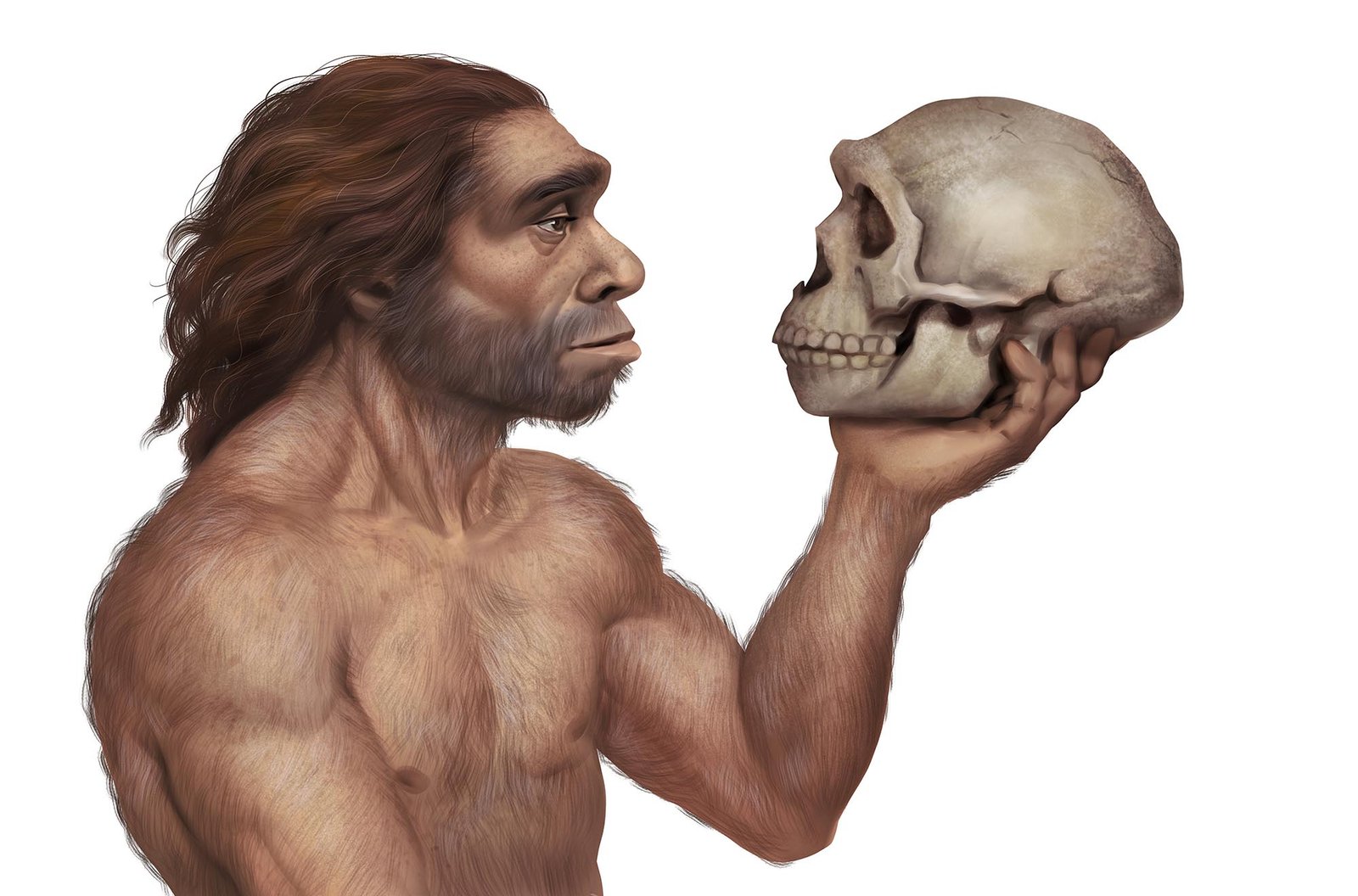In the quest for unraveling mysteries of the past, a team of archaeologists uncovered an intact mummy in a 4,400-year-old tomb deep within the Egyptian desert. This find sparked global interest and raised questions about the individual's identity and the practices of ancient burial rituals.
As researchers meticulously document and analyze the mummy's remains, they are piecing together a narrative that promises to shed light on a bygone era. The significance of this discovery reverberates through the archaeological community, hinting at a wealth of untold stories waiting to be unearthed in 2023.
Mummy Found in 4,400-Year-Old Tomb
Czech archaeologists unearthed a remarkably well-preserved mummy within a 4,400-year-old tomb that belonged to the Egyptian high official Ptahshepses. This significant discovery sheds light on the burial practices and beliefs of ancient Egypt during the time of the Egyptian pharaohs. The find isn't only a demonstration of the advanced embalming techniques of the era but also provides valuable insights into the social hierarchy and religious customs of the time.
The mummy, found in remarkably good condition, offers a rare opportunity for researchers to study the physical remains of an individual who lived during the reign of an Egyptian pharaoh. By examining the mummy's remains, scientists can potentially uncover details about Ptahshepses's health, diet, and lifestyle. The tomb itself provides clues about the status and importance of Ptahshepses in ancient Egyptian society.
The Czech archaeologists' meticulous excavation process and careful preservation of the mummy and tomb have allowed for the detailed documentation of this remarkable find. The publication of pictures of the mummy and tomb by the institute showcases the level of preservation achieved and highlights the historical significance of the discovery. Overall, this discovery not only enriches our understanding of ancient Egyptian culture but also underscores the enduring fascination with the mysteries of the pharaohs and their world.
Spain's Oldest Human Genome Discovered
Spain's oldest human genome was recently discovered in a 23,000-year-old tooth, establishing a genetic link with a sample from Belgium dating back 35,000 years. This groundbreaking find sheds light on the ancient populations of the Iberian Peninsula and their connections to broader European genetic lineages.
The genetic decoding of this ancient genome was undertaken by the prestigious Max Planck Institute for Evolutionary Anthropology, known for its pioneering work in the field of ancient DNA analysis. The cave network in Andalusia where the ancient tooth was unearthed has proven to be a treasure trove of archaeological discoveries, providing valuable insights into the prehistoric inhabitants of the region. Despite the geographical proximity to North Africa, there's no known genetic connection between this ancient individual and the peoples of the Maghreb, highlighting the complexity of ancient human migrations and interactions in the region during the Bronze Age.
This discovery not only deepens our understanding of Spain's ancient past but also contributes to the broader narrative of human genetic history in Europe during the Bronze Age. The intricate web of genetic relationships unearthed by this find underscores the rich tapestry of human diversity that has characterized the Iberian Peninsula for millennia.
Decoding the Herculaneum Scroll
Utilizing high-energy X-rays, researchers from Kentucky University successfully transcribed ancient scrolls dating back two millennia from the site of Herculaneum, offering a glimpse into the past buried by Mount Vesuvius' volcanic ash. These scrolls, known as the Herculaneum Scrolls, were found in a villa at Herculaneum, a town destroyed and buried by the eruption of Mount Vesuvius in 79 AD.
Kentucky University released decoding software and X-ray images of the scrolls, along with a US$250,000 reward for the decryption of the texts. The research team from the university undertook the challenging task of deciphering the content of these fragile and charred scrolls.
The significance of decoding the Herculaneum Scrolls lies in the potential wealth of knowledge they may hold about ancient Roman society, literature, and philosophy. The successful transcription of these scrolls could shed light on various aspects of life in the ancient Roman world that were previously unknown.
The intricate process of deciphering the Herculaneum Scrolls represents a remarkable fusion of advanced technology and historical preservation. This breakthrough paves the way for further exploration and understanding of the rich cultural heritage hidden within these ancient artifacts.
Ancient Human Settlement in African Highlands
An intriguing recent archaeological discovery in 2023 has exposed the presence of an ancient human settlement nestled within the African highlands, shedding light on early human civilization in the region. This finding is vital in understanding the historical context of human habitation and migration patterns in Africa.
- The settlement dates back to a significant period in human history, offering insights into early human habitation in the region.
- Excavations uncovered artifacts and structures indicating a thriving community in the African highlands.
- Researchers are studying the site to understand the daily life, culture, and societal organization of the ancient inhabitants.
This discovery provides valuable information on how early humans adapted to and thrived in diverse environments such as highlands. It offers a glimpse into the lifestyles and social structures of ancient communities, highlighting their resilience and innovative ways of living. By delving into the past, researchers can piece together the puzzle of human migration and settlement patterns, painting a more detailed picture of our shared history and the challenges early humans overcame to establish themselves in varying landscapes.
300,000-Year-Old Human Tool Discovery
The discovery of a 14,000-year-old human tool in the Cueva de Malalmuerzo cave network in Andalusia provides valuable insights into ancient human activities and technological advancements. This significant find sheds light on the capabilities and behaviors of early human populations, contributing to our understanding of their tool-making practices and migration patterns. By studying ancient tools like this, archaeologists can reconstruct aspects of early human societies, including their daily lives and survival strategies.
—
| Key Insights | Implications |
|---|---|
| 14,000-year-old tool discovered | Reveals ancient human technological advancements |
| Found in Cueva de Malalmuerzo | Adds to understanding of early human behavior |
| Contributes to archaeological understanding | Aids in studying human migration patterns |
| Helps reconstruct daily lives of early humans | Provides insights into survival strategies |
| Demonstrates ancient tool-making practices | Enhances knowledge of early human capabilities |
—



